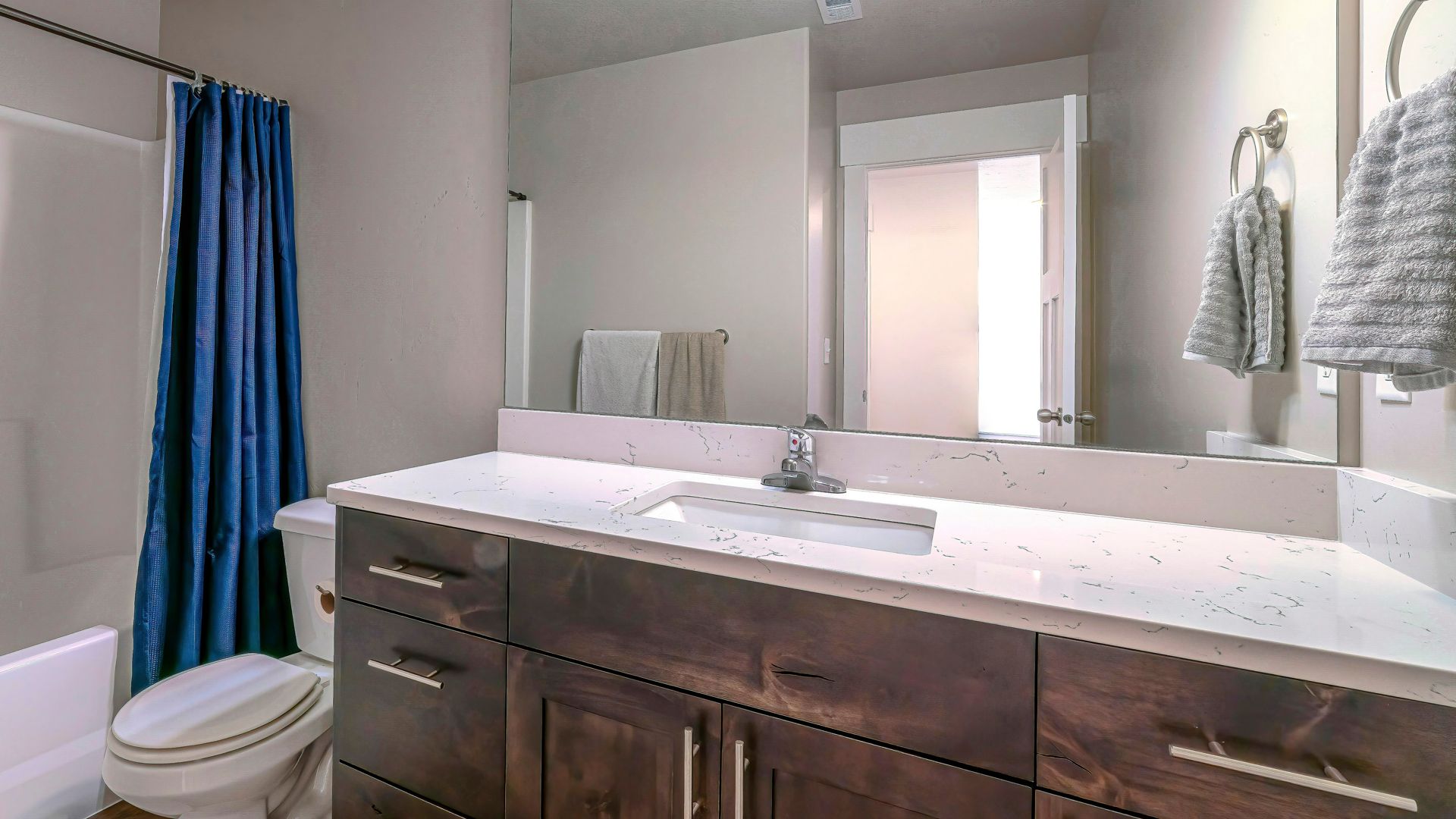The COVID-19 pandemic forced people to think about what hides in our air supply in every space in our lives. Across the country, indoor air quality is quickly becoming the most important health factor in the home. There are many things that can contribute to poor air quality, some of which may seem innocuous enough at first glance.
Why is my indoor air quality so bad?
In Clackamas and beyond, residents are increasingly focused on maintaining a safe, healthy environment for themselves and their loved ones. While you may think that you are doing everything reasonably possible to address the problem of indoor air pollution, you may unintentionally be polluting your home's air through some of these surprising sources.
Your Pets
Pets are a common and significant source of indoor air pollution. Those with asthma and other allergies are even more at risk for irritation caused by pet dander. Additionally, pets can track in dirt, pollen, pesticides, and many other particles from the outdoors. And if you don't bathe your pets regularly, this problem will only escalate.
Artificial Scented Products
They might smell good, but the National Institutes of Health caution that these products emit dozens of volatile organic compounds. This is true even if the products are "all-natural" or "green." For example, lemon-scented products interact with ozone to create dangerous chemicals, such as formaldehyde. Pine-scented cleaners also create acetone and ethanol in the air. Many other scented products can also be harmful, some of which include fabric softeners, lotions, dish detergents, and more.
Dirty Carpet
Carpet is soft to the touch, absorbs noises, and is available in a wide range of colors and styles. As appealing as it is, it can release numerous volatile organic compounds into the air. In addition to introducing these pollutants to your home's air, carpeting can hold dust, pet dander, mold spores, and more.
Paraffin Wax Candles
All candles put particulates in the air, but some are more dangerous than others. Paraffin-based candles emit carcinogens such as benzene and toluene. Alternatives such as soy and beeswax candles burn cleaners and longer, and they have their own subtle fragrance that will help freshen up your space.
Pressed-Wood Furniture
Pressed wood emits formaldehyde, which is a known carcinogen. It's the glue in cheap furniture that off-gases, which compromises your indoor air quality.
However, formaldehyde is found in a variety of common products, including fabric softeners, paper, lacquers, and paints. Because you can't avoid all of these products, invest in an air purification system to remove pollutants.
Dirty HVAC Filters
Your HVAC system is crucial to maintaining the air quality in your home. On days when it is either too cold or too hot to leave the windows open for ventilation, it's the only thing that circulates air from outside to inside. If the filter inside your furnace is choked with dust and dirt, not only will the furnace run inefficiently, but it can also be a source of indoor air pollution.
Change your filter every 30 to 90 days to ensure your central air system operates at peak efficiency.
Your home's HVAC system plays a major role in indoor air quality. It must remain clean and well-maintained in order to efficiently filter pollutants from the air. Contact A-TEMP Heating, Cooling & Electrical today for the HVAC system maintenance and repair services that your home needs!

